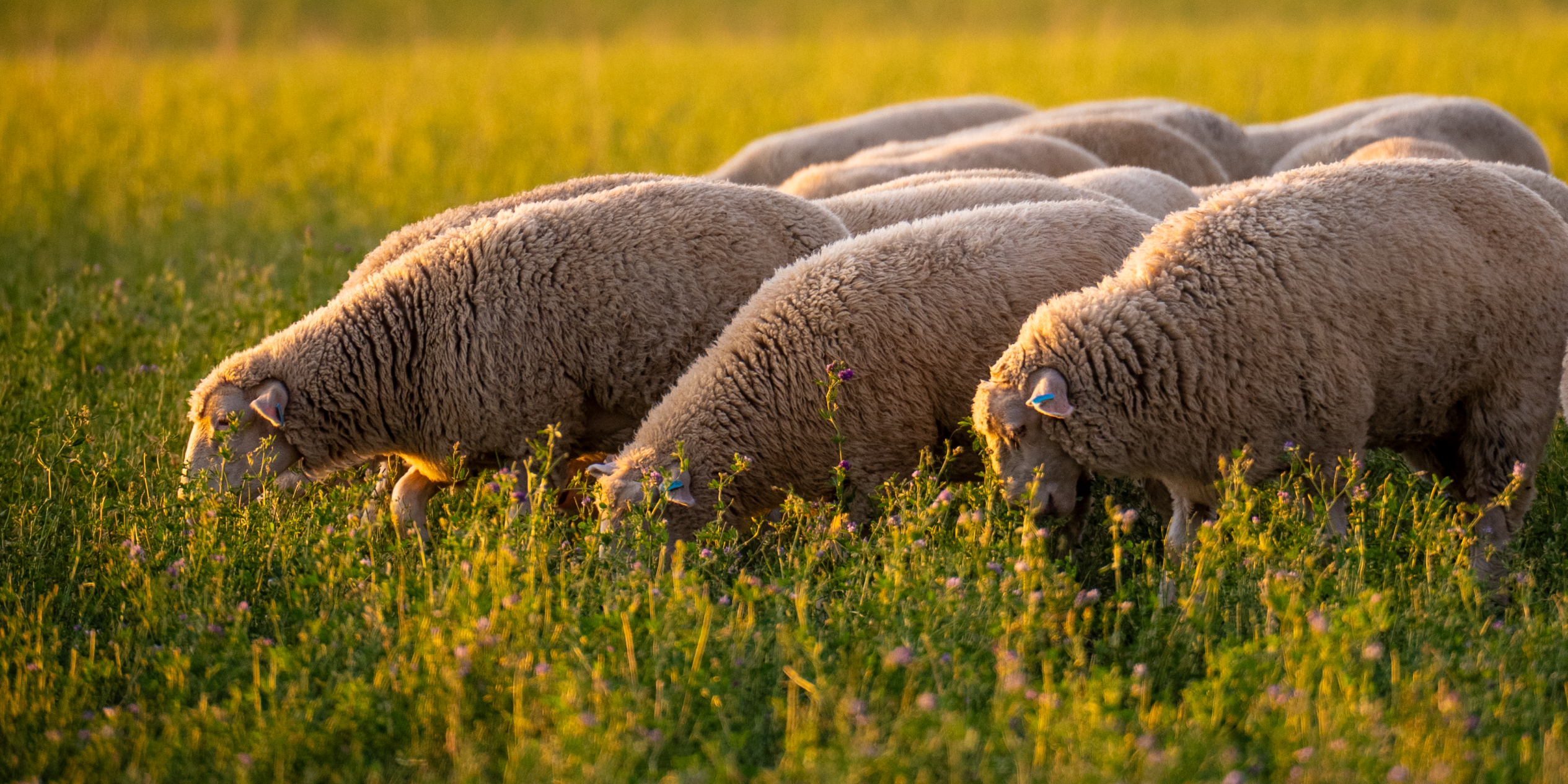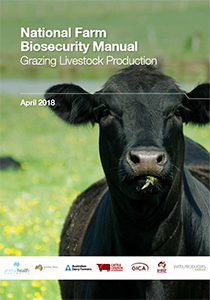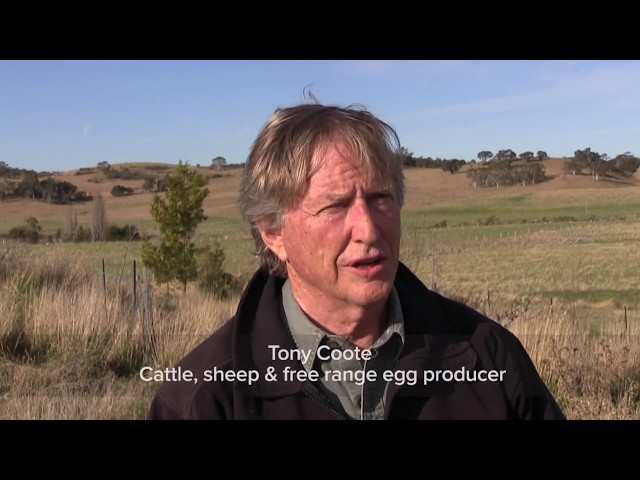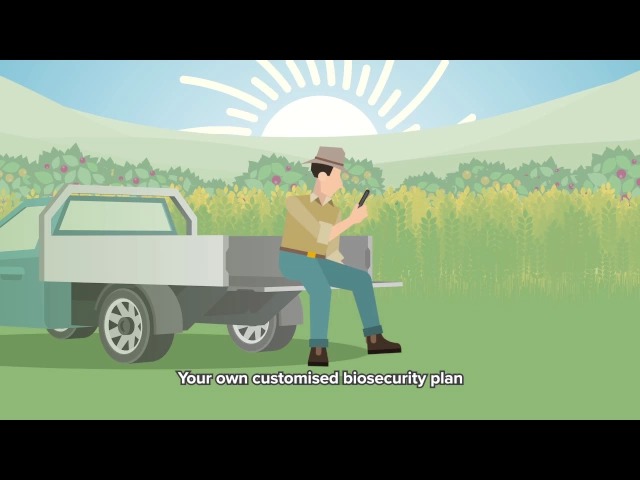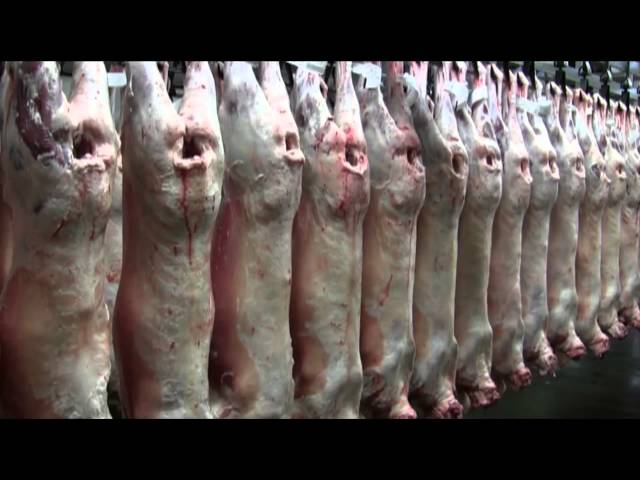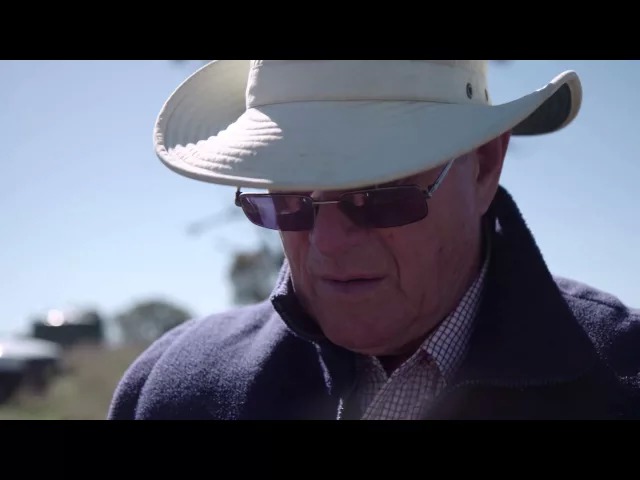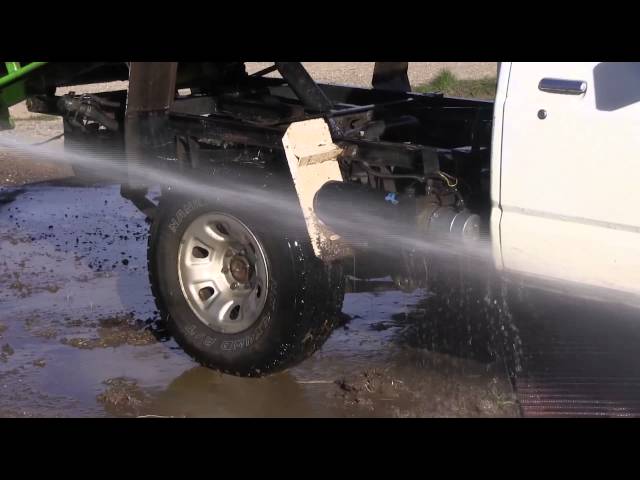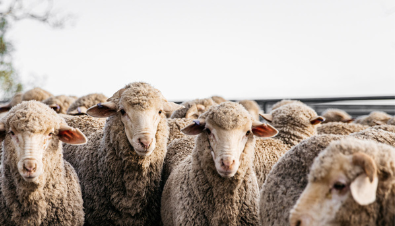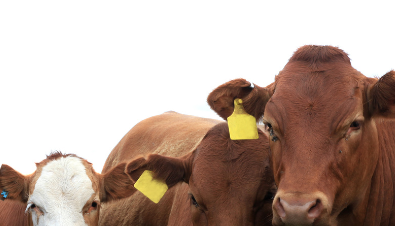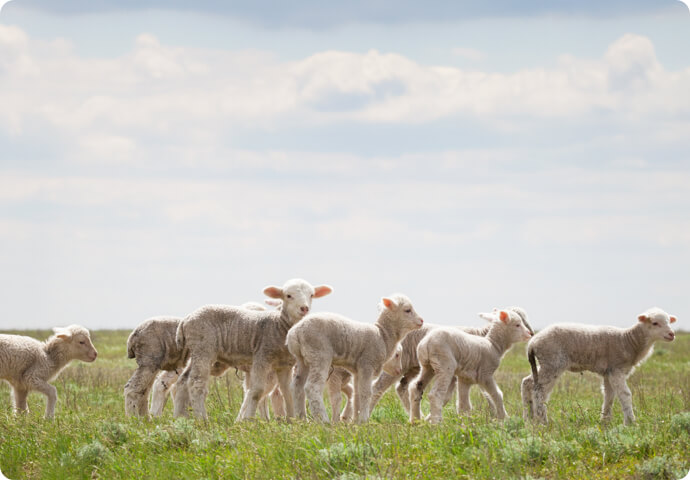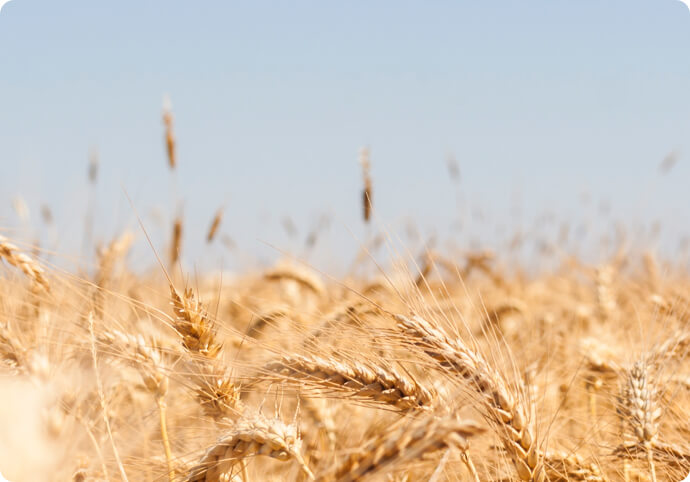You have an important role to play in protecting your property and the entire sheep industry from biosecurity threats.
On this page, you will find the tools to implement the simple, everyday biosecurity practices to protect the health of your livestock, limit production losses and help maintain market access for Australia’s sheep producers.
Disease alert: Foot-and-mouth disease (FMD)
FMD is a very serious disease that can affect sheep. Australia is currently free of this disease, however there have been recent cases of FMD in Indonesia. To learn more about this disease, and how you can prepare, click here.
The recommended on-farm biosecurity practices for sheepmeat producers and wool growers are contained in the National Biosecurity Reference Manual: Grazing Livestock.
The manual provides a set of voluntary, cost-effective guidelines to help reduce the risk of disease entering a property, spreading through the livestock population, and/or being passed to surrounding livestock operations. It outlines recommended measures under five management areas: livestock; people, equipment and vehicles; feed and water; pests and weeds; management.
For Sheep producers looking to meet Livestock Production Assurance requirements, download the On-farm biosecurity plan template.
Ovine brucellosis
Ovine brucellosis (OB) is a bacterial infection primarily impacting rams. It can greatly impact productivity and profitability through a loss of fertility.
For more information regarding detection and control for OB, click here.
Find out more about reporting and managing OB in your state or territory, including buying from an accredited OB-free flock.
Biosecurity toolkit
As a sheep farmer, the best way to protect yourself from biosecurity risks is to keep diseases, pests and weeds off your property. Always insist on a properly completed National Sheep Health Declaration and National Vendor Declaration when purchasing stock, offering sheep for sale, and when mandated by interstate movement requirements.
Note: Farm Biosecurity does not sell or distribute printed copies of the National Sheep Health Declaration (formerly the National Sheep Health Statement). For SA-based sheep producers looking to order a Sheep Health Declaration booklet, please contact your nearest PIRSA office.
More information
The single biggest threat to the sheep industry’s sustainability is an outbreak of an emergency animal disease. For this reason, Sheep Producers Australia and WoolProducers Australia have put into place a series of animal health policies at both the state and national levels to guard against threats to the industry’s biosecurity.
Australia’s National Livestock Identification System (NLIS) identifies animals so that we can trace them quickly if we need to. It applies to anyone with cattle, sheep, pigs or goats.
If there is an outbreak of an emergency disease (for example foot and mouth disease), we can quickly trace back to identify animals that might already be infected, and trace forward to identify animals that are at the greatest risk of infection.
